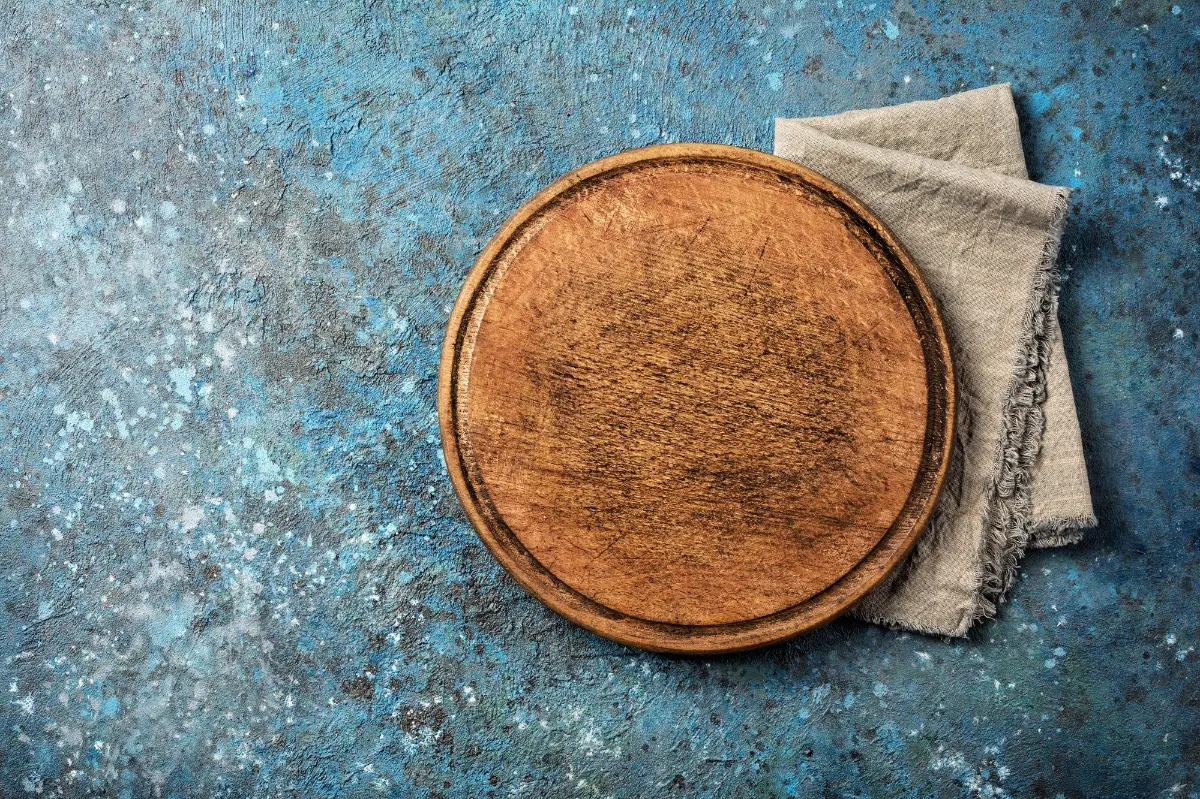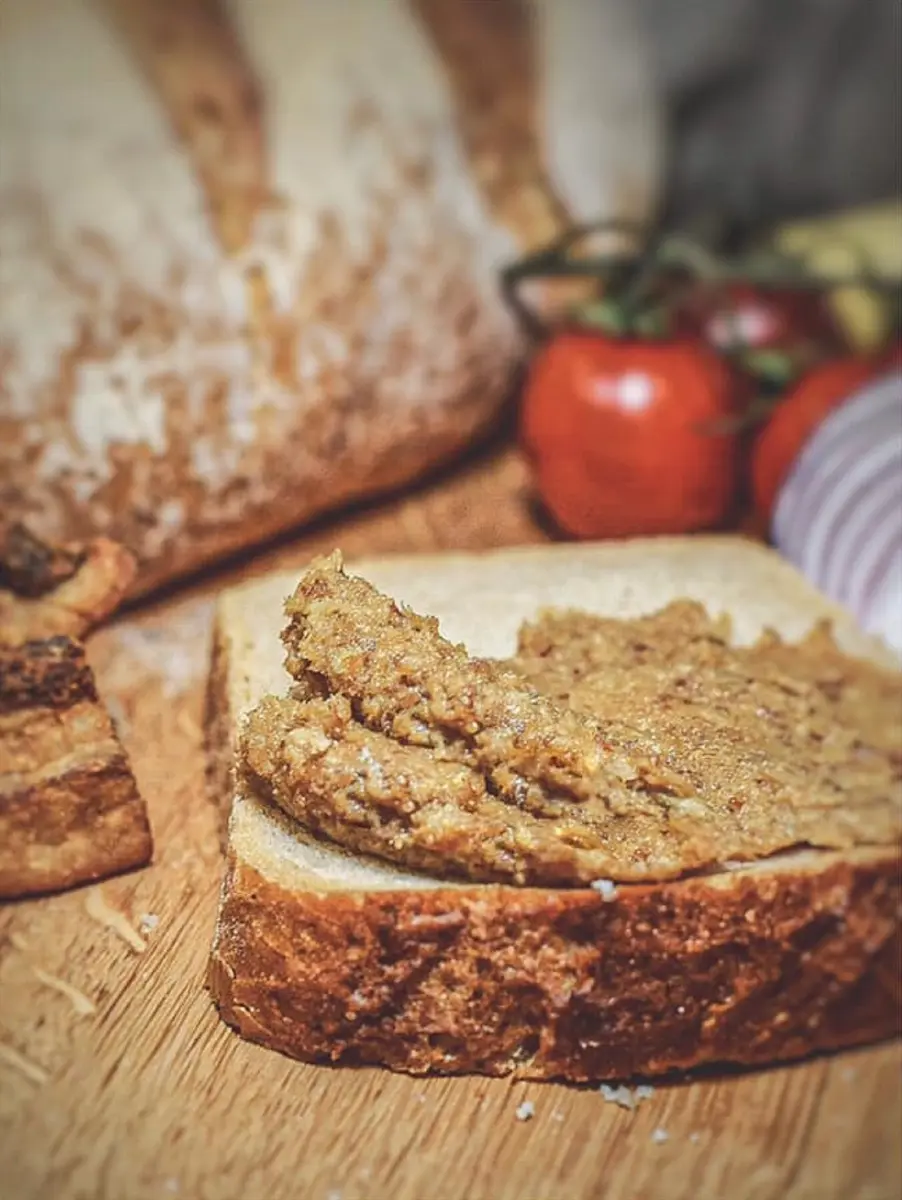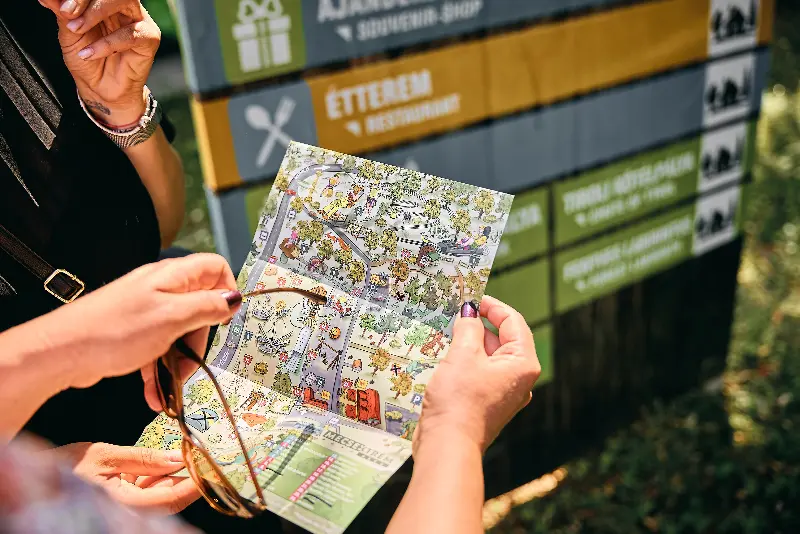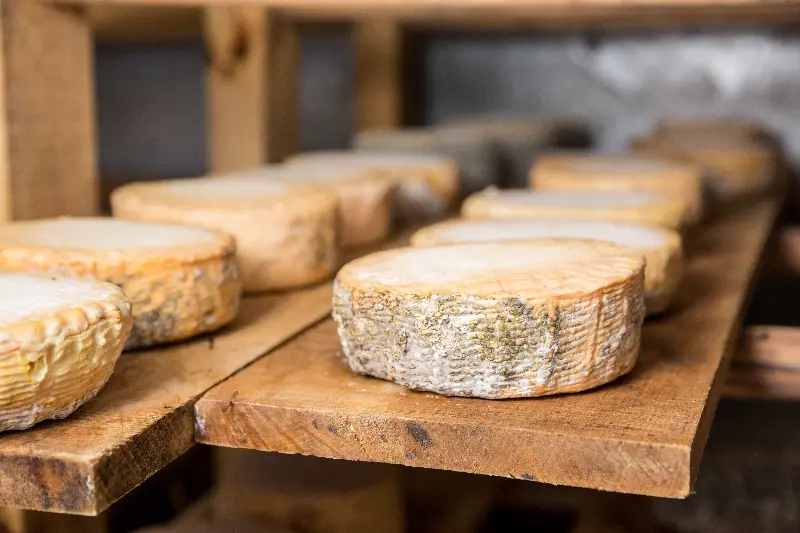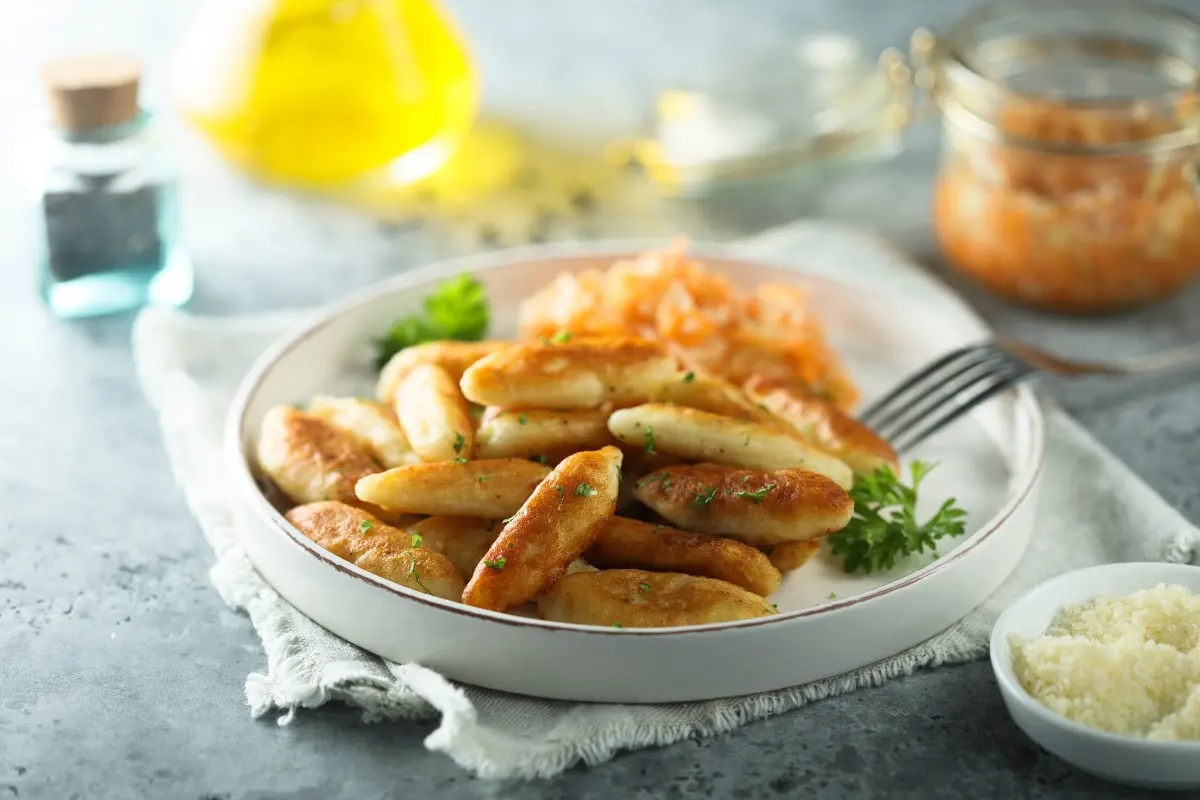
Helyszín címkék:
We Still Can Blindly Trust in Old Swabian Recipes
DunakanyarGO
Swabians are known for striving to save money. In their everyday life, including household management, simplicity and good planning were basic principles. Vegetables and fruits were harvested by the family, animals were raised in a pen behind the house. Today’s fashionable and popular concepts such as “seasonality” and “locally produced ingredients” were given in their case, and it determined everyday meals, one hundred percent, as proof. Although Swabian’s gastronomy gave us several good meat dishes, these were not in the focus. All the peasant families kept poultry and cows, but lamb and goat also appeared in the kitchen as ingredient. Today we would call a healthy, conscious diet what was natural for them: they only ate meat on weekends and festive occasions. From spring to winter they mostly ate chicken, duck or rabbit, while pork was rather a winter dish. In contrast to classic Hungarian cuisine, Swabians used more potatoes. There was a reason for that: potatoes in a pit stayed fresh for a long time, this way food was ensured to the family for a long time in advance, they didn’t have to worry about hunger in the winter season. Swabian housewives living in the Danube Bend proudly say to this day: it is important for them to be provident and well prepared, as they don’t want to rely on the stocks of always lighted supermarkets.
Crackling Cream
Ingredients for 4 people
300 g pork crackling
3 boiled eggs, onion
mustard
salt
sweet red pepper
When pork cracklings fried in the carnival season get a bit soggy by the spring and lose crispness, we don’t need to worry: it becomes ideal for the perfect Swabian cold supper: the crackling cream. It is a very simple dish, it hardly requires tools. If we don’t have a meat grinder, we can crush the cracklings into a cream with a sharp, curved-blade knife. Add the chopped boiled eggs and the onion chopped fine, season with mustard and salt and colour with the sweet red pepper! It is perfect with garlic toast – it looks wonderful as the fat melts on the hot toast.
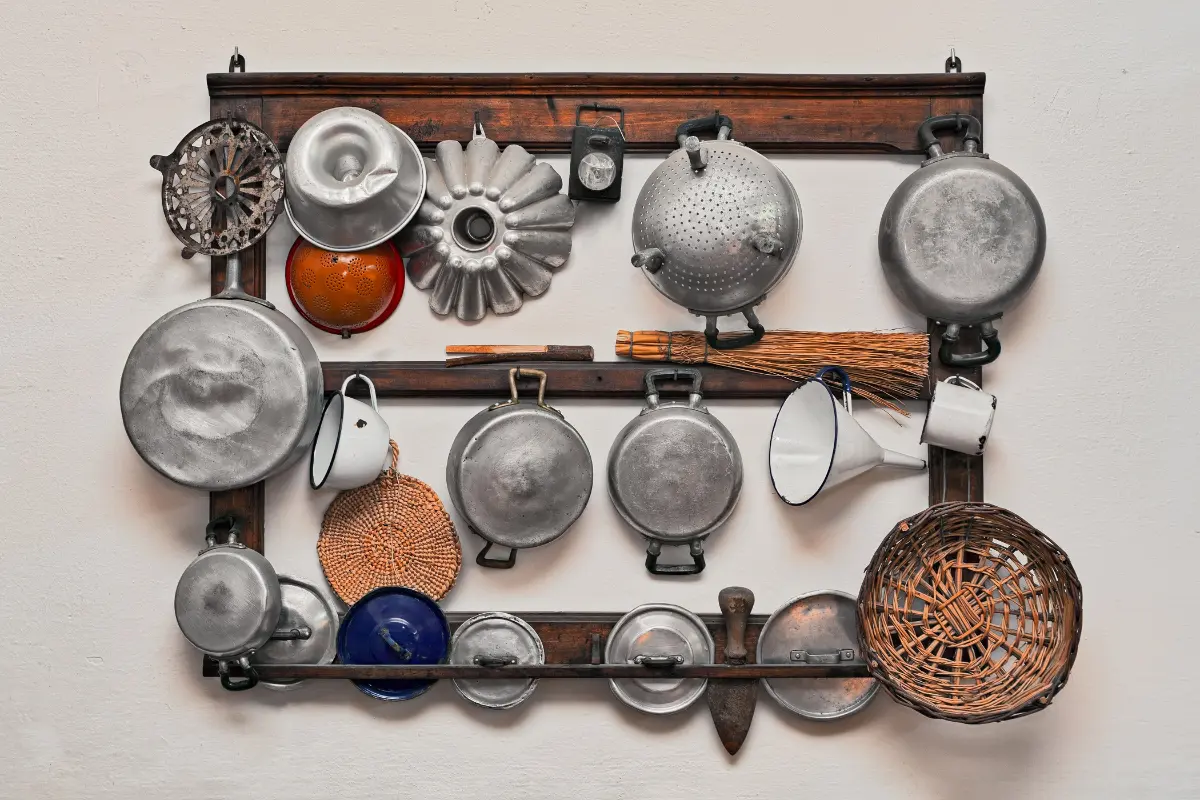
Szavesz of Kismaros
Ingredients for 4 people
500 g pork collar
300 g pork liver
2 onions
tomato pulp
salt
pepper
sweet red pepper
bay leaf
flour
sour cream
fat
Originally this was a pig-slaughtering dish too, but it’s tasty at any time of the year: we finely chop the onion, roast it on a little fat, add the sweet red pepper, the cubed meat, the pepper and the tomato pulp; naturally the provident housewife had already stuffed the shelves of the pantry with such delicacies throughout the summer, but if we ran out of these by accident, let’s buy them in the supermarket! We season it with salt, pepper and bay leaf, and adding a little water we cook it until the meat cubes soften. We only add the finely chopped liver then: after a few minutes of cooking we thicken it with flour and sour cream. Serve it with gersli or potato dumplings.
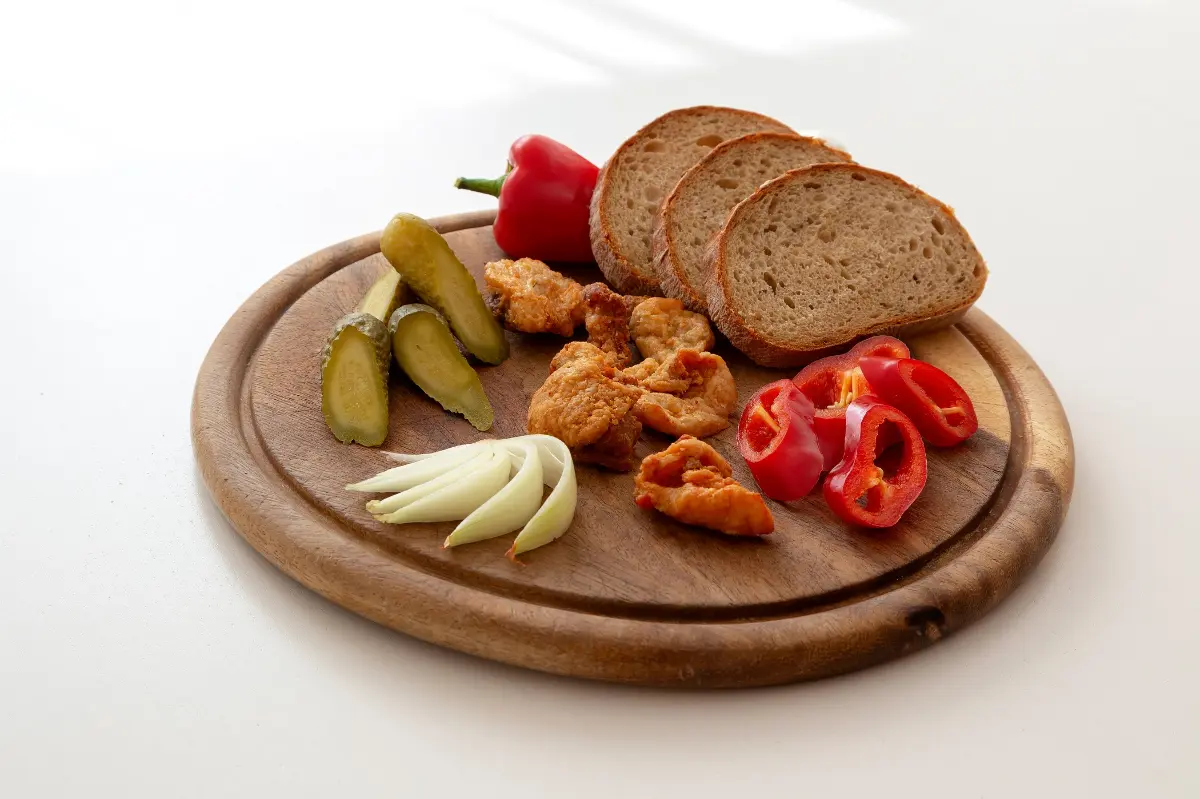
Supfnudli (supfnoodles) with carrot
Ingredients for 4 people
400 g potato
120 g flour
1 egg
salt
150 g carrot
fat
We knead the boiled potatoes cooled to room temperature with flour to get a flexible, not too sticky dough – the proportion is usually two-thirds to one-third. Next, we form two-inch thick snakes from the dough mixed with one egg, salt, and a bit of fat, and cut the snakes into smaller cylinders. In order to turn them into real “supfnudli”, we gently roll them one by one with our hands, to make them spindle-shaped. We cook the dough. (Tip: don’t poor the cooking water out! We can make a great soup out of it, adding roasted bacon bits, sausage rings, onions, garlic and root vegetables. Pour the cooking water on the roasted ingredients, and when the vegetables have softened, we thicken it with sour cream. When serving, we put some cooked noodles to the bottom of the plate, and pour the soup on them.) New potatoes are not so good for making noodles: for the spring, the previous year’s potatoes are ideal, their season coincides with fresh carrots – therefore the Swabian dish of Kismaros can be one of the season’s favourite meatless dishes. Although noodles are also great with salt, cabbage and sour cream, let’s try them with freshly grated, squeezed carrots! We fry them in fat and with honey, and mix the noodles with them.
